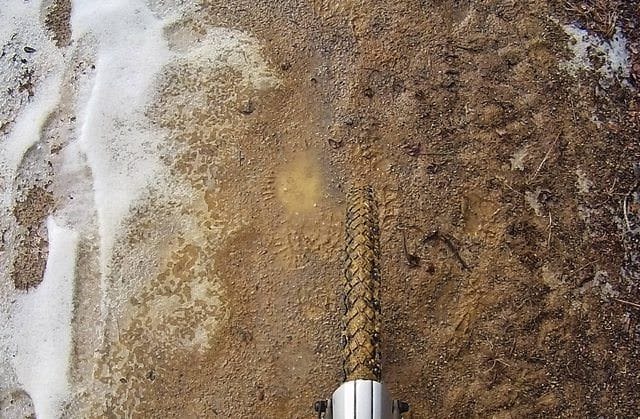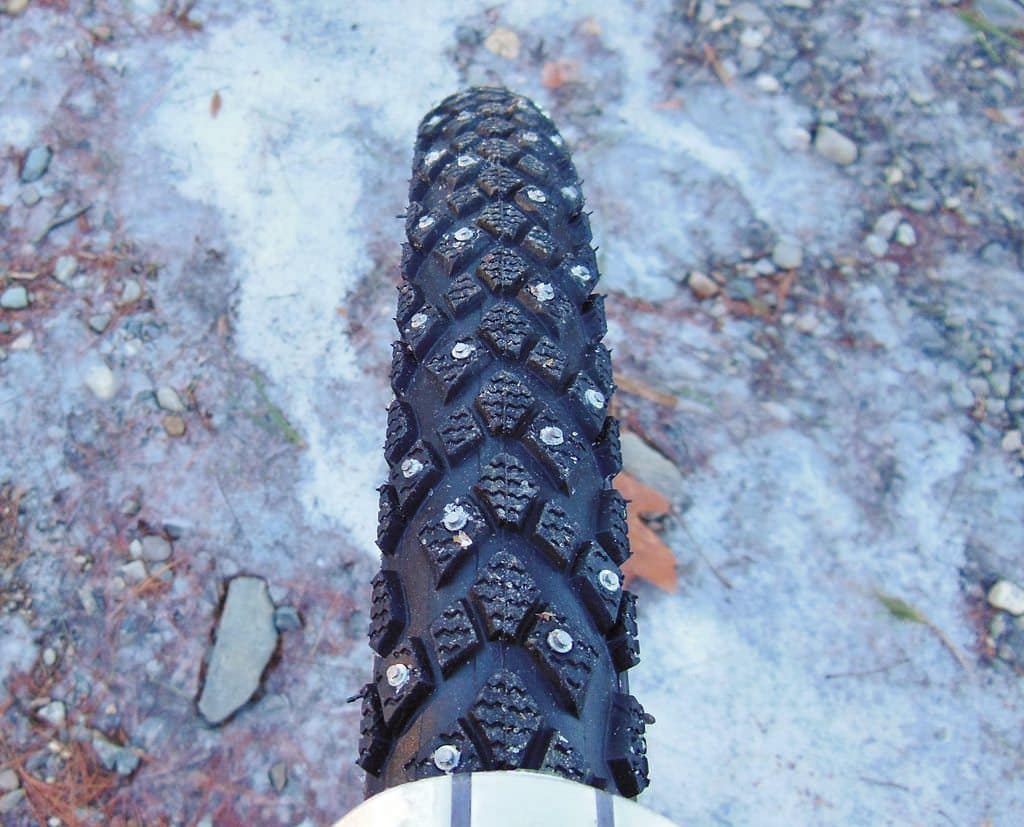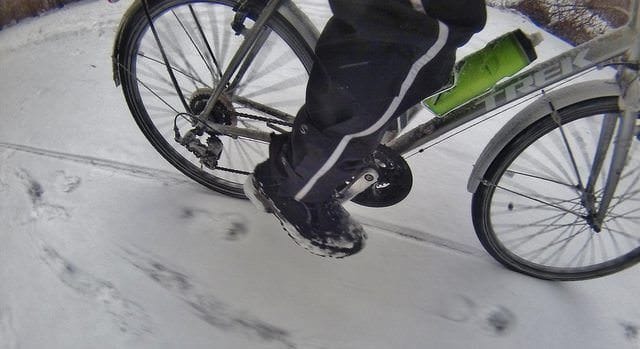I have these tires on 2 bikes. they have stiff side walls. so there isn't as much "softening" of the ride as you get w/ other tires. & I agree lowering the pressure will make them slower. changing the pressure will do other beneficial things tho. I rarely use them at max pressure. but an example of when I would, is riding dry roads or paved bike paths w/ little to no snow or ice. the only exception might be during a fresh powdery snow storm before it accumulates for than an inch or two. feel free to run that front tire 5-10psi lower since it carries less weight. most all other conditions I'll lower the pressure. as someone else may have already mentioned the higher the pressure, the more you'll run on the center studs & the lower the pressure the more contact you will have & the more weight will be on the outward studs. traction is a funny thing, depending on conditions you may want a narrower harder tire to find pavement under powder, sometimes a slightly wider foot print give you more tread & flotation. but they're not wide tires so don't expect "flotation" no matter how low you go
wanna know what they're not good on? this stuff. I think it's wet stone dust & soil, above freezing. feels like fly paper. excruciatingly sticky & slow


they are great below freezing, like ice covered gravel. lower the pressure so all studs make contact


they are great on water covered ice. no really. they're like magic


1"-2" of snow? eats it right up


something to watch out for:
sticky snow that compacts the treads & then you ride over ice. the compacted snow will prevent the studs from making contact & you might go down
